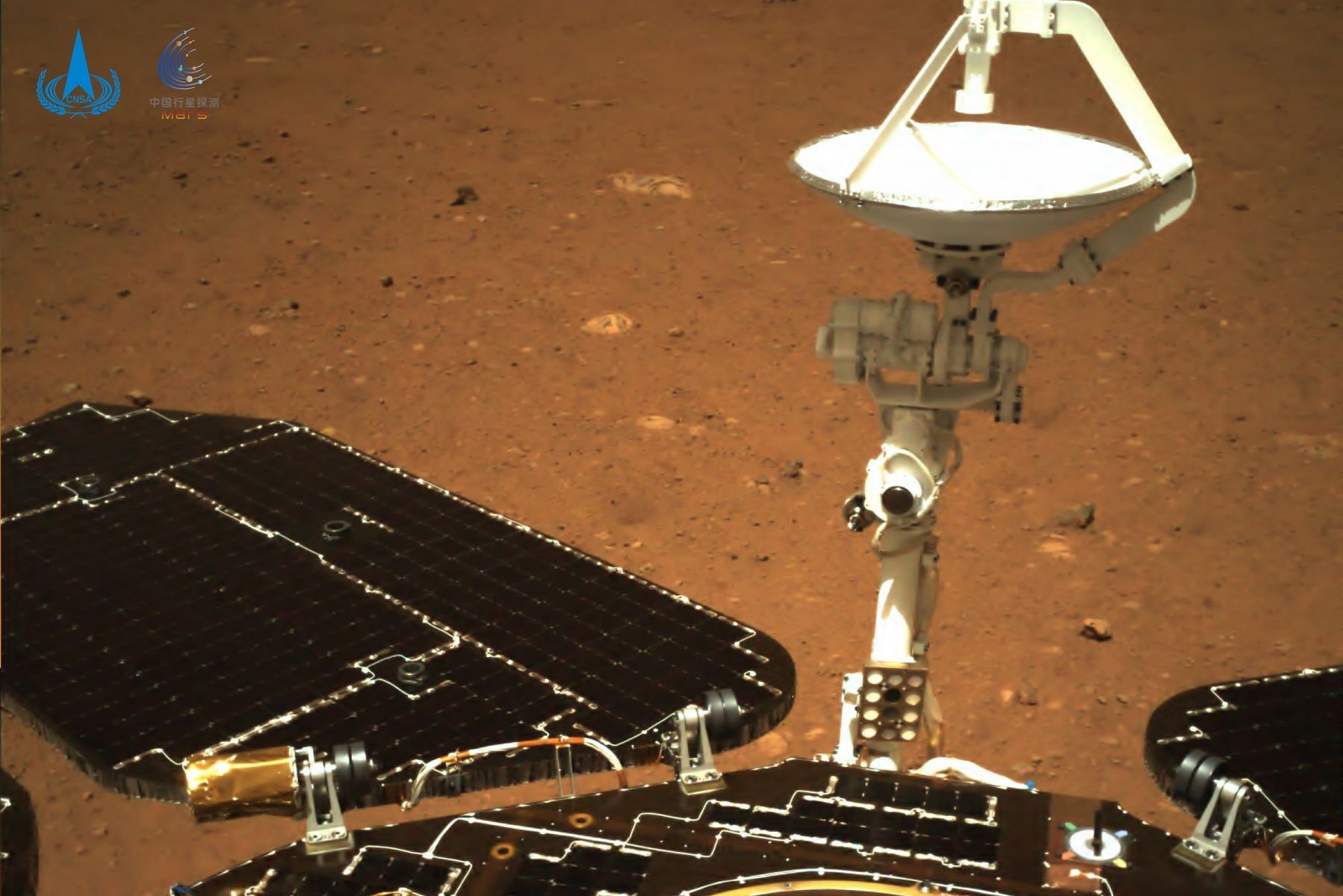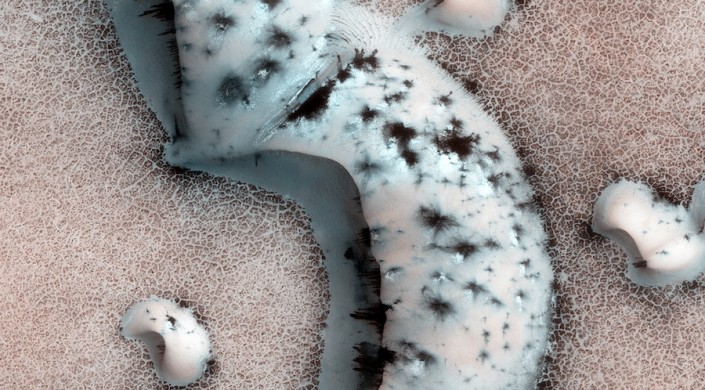On May 22nd, 2021, the Zhurong rover – part of Tianwen-1, China’s first mission to Mars – descended from its lander and drove on the Martian surface for the first time. According to the mission’s official social media account, the rover drove down its descent ramp from the Tianwen-1 lander at 10:40 a.m. Beijing time (07:40 p.m. PDT; 10:40 p.m. EDT) and placed its wheels upon the surface of Mars.
Continue reading “Zhurong is Rolling on Mars”Zhurong is Rolling on Mars



